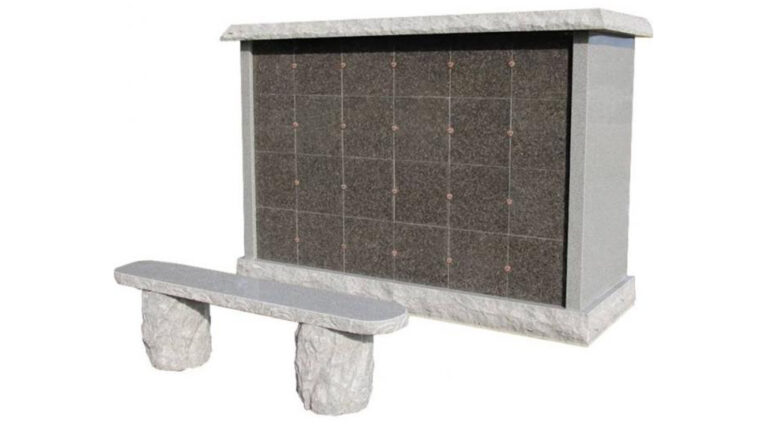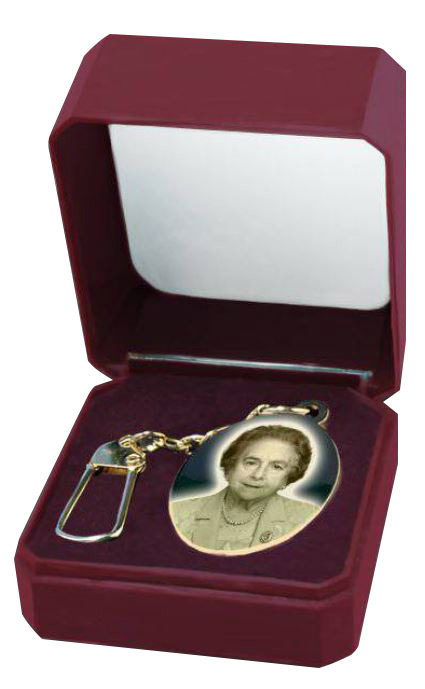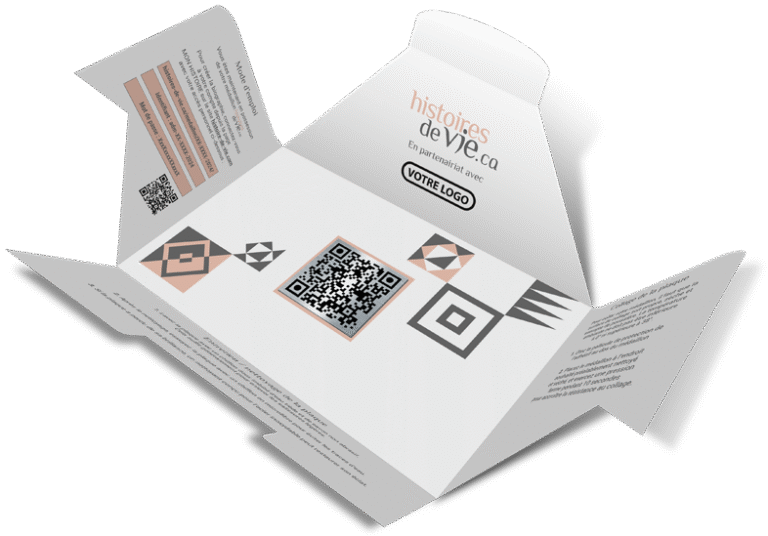Columbariums, a tradition in the service of modernity

In a world in constant flux, where emotions seek new languages, columbaria are being reinvented. They are no longer mere spaces for storing ashes. Today, they become places of memory, emotion, and deep connection with loved ones who have passed. This transformation responds to a growing need for personalization and meaning. The tradition of remembrance now takes on a contemporary dimension, blending art, technology, and ecology.
Toward Greater Personalization: The Future of Columbaria
Innovation and Technology
New technologies are making their way into columbaria. Touchscreens, QR codes, and mobile apps now allow visitors to discover the life of the deceased interactively. By scanning a niche, one can access photos, videos, or audio tributes. This digital link enriches the act of remembrance, making each visit unique. Furthermore, families can update these memories remotely, fostering a living, enduring connection with the departed.
Design and Architecture
The architecture of columbaria is experiencing a true revolution. Gone are the impersonal concrete blocks. Today, architects propose aesthetic structures: meditation gardens, living walls, integrated works of art. Every space is conceived to invite contemplation. The goal? To create a harmonious sanctuary that reflects both the beauty of life and that of memory.
Thematic Commemorative Spaces
The trend is toward themed columbaria. Some are designed to honor the passions of the deceased. For example, a musician might rest in a niche integrated into a sculptural musical instrument. A nature lover, meanwhile, might find their place in a commemorative botanical garden. These choices enhance the personal character of the space and bring comfort to those left behind.
Ecological Practices
Ecology is becoming a priority—even in funerary rites. Modern columbaria use sustainable materials, harvest rainwater, and favor renewable energy. Some integrate perfectly into natural landscapes, minimizing their environmental impact. This respectful approach reflects families’ growing commitment to the planet.
Intimacy and Flexibility
Each family has its own needs. That is why columbaria now offer varied options. Some niches are private, allowing moments of contemplation in full intimacy. Others are modular, to accommodate multiple urns over time. This flexibility ensures that each space corresponds to the values of the deceased and the expectations of their loved ones.
Personalization Options in Columbaria: Reflecting Life and Values
Choice of Commemorative Plaques
Personalized plaques have become essential. Made of stone, metal, or glass, they may bear quotations, drawings, or religious symbols. They no longer merely state a name—they tell a story. They are often the first visual contact visitors have with the memory of the deceased. A simple yet powerful way to rekindle memories.
Insertion of Personal Objects
Certain personal objects also find their place in niches. A watch, a piece of jewelry, a photograph, or even a child’s drawing can be placed inside. These elements create a direct emotional link with the deceased. They give deeper meaning to the visit, transforming memory into presence.
Digital Solutions
Digitalization continues. Thanks to connected devices, visitors gain access to digital albums, memory videos, or audio messages. Some columbaria even offer interactive tributes, viewable via a mobile app. This use of digital tools also allows geographically distant relatives to participate in remembrance.
Personalized Architectural Design
Each columbarium can be unique. Themes inspired by nature, the sea, or artistic movements may guide the design. These tailor‑made spaces reflect the personality of the deceased. They pay tribute in a visual, sensory, and emotional way.
Celebration of Life
More than a resting place, the columbarium becomes a space to celebrate life. Every detail—plaque, object, atmosphere—conveys a message of love or a life lesson. This active memory inspires those who remain. It encourages intergenerational transmission and peaceful remembrance.
Challenges and the Future of Columbaria: Toward a More Inclusive and Sustainable Approach
Accessibility and Inclusion
Columbaria must be accessible to all. That means adaptable pricing, but also inclusive spaces respectful of all cultures and religions. By diversifying their offerings, facilities can reach a broader audience. Inclusion also involves representation: multicultural elements, non‑denominational options, and multilingual signage are now essential.
Environmental Impact
The future lies in sustainability. This means rethinking materials used, prioritizing local sourcing, and optimizing energy use. The most advanced projects utilize green roofs, solar panels, and low‑energy lighting. Every gesture counts to reduce the ecological impact of the final resting place.
Technology and Digitalization
The possibilities offered by technology are immense. Augmented reality could soon allow visitors to see an animated portrait of the deceased or attend a virtual ceremony. Families might create memorial spaces accessible online, viewable at any time. These tools complement the physical tribute without replacing it.
Flexibility and Evolving Needs
Funerary practices are evolving. Some wish no religious ceremony; others prefer more informal tributes. Columbaria must adapt to these new demands. This involves modular spaces, but also flexible management allowing maximum personalization at any time.
Dialogue and Education
Finally, it is crucial to inform the public. Many still do not know what a columbarium is or the options it offers. Guided tours, workshops, or awareness campaigns can help overcome these barriers. Dialogue also allows better understanding of families’ expectations and responding appropriately.
FAQs
Why are columbaria becoming more popular?
They address a growing need for personalization, practicality, and environmental respect. They are also more accessible than other forms of burial.
Can a niche in a columbarium really be personalized?
Yes, absolutely. Families can choose plaques, objects, themes, even integrate digital elements to enrich the tribute.
Are columbaria ecological?
Modern columbaria tend to integrate sustainable practices. It depends on the materials, location, and energy management of the site.
Is technology well accepted in this context?
Increasingly so. It allows loved ones to experience an intimate and connected moment even from a distance. It does not replace human gesture, but complements it.
Are columbaria suitable for all beliefs?
Yes, many columbaria are designed to accommodate all belief systems, with customizable options for different rites.
What does the future hold for columbaria?
A future combining innovation, personalization, ecology, and inclusion. They will continue to evolve alongside society’s values.
Conclusion
Columbaria are no longer fixed in tradition. On the contrary, they adapt to the needs of an era in search of meaning. Through beautiful, connected, and ecological spaces, they enable us to celebrate life with dignity. This transformation, far from erasing the past, reinvents it with delicacy. By offering families bespoke places of remembrance, columbaria become bridges between memory and modernity.
For more information, do not hesitate to contact us, and we will be happy to respond as promptly as possible.









